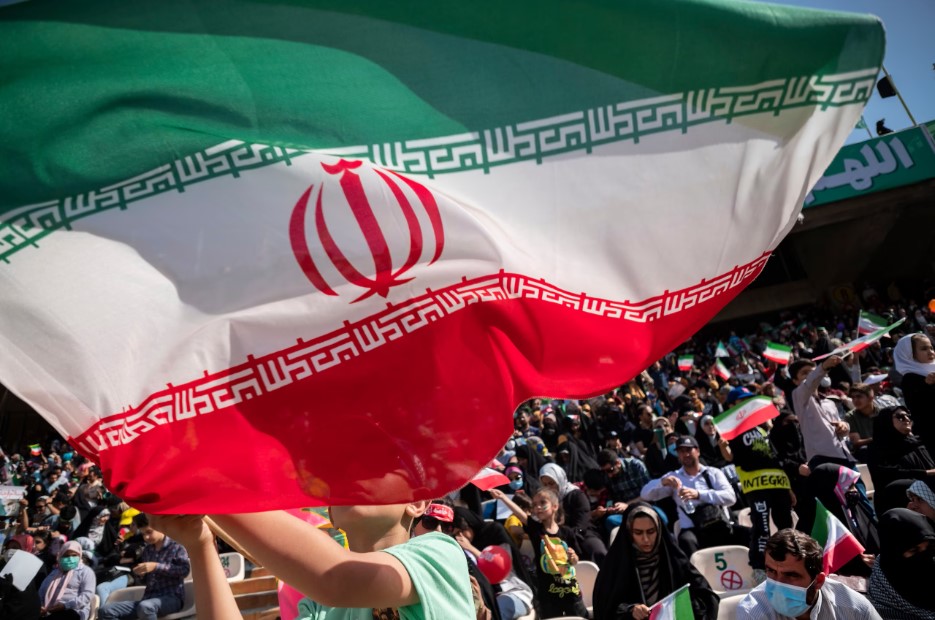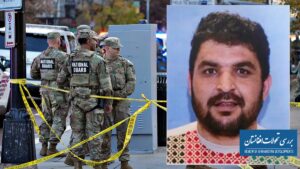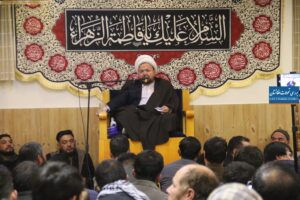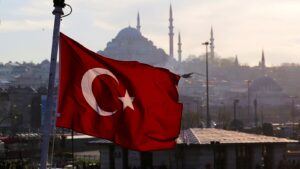Review of Afghanistan developments
Ultimately, following the request of the United States and the mediation efforts of Qatar, the conflict between Iran and Israel concluded with the establishment of a ceasefire. An examination of the statements made by Israeli Prime Minister Benjamin Netanyahu reveals that none of the stated objectives have been fulfilled, and Iran not only valiantly defended its territory, but also single-handedly overcame this challenge; moreover, through legitimate defense, it dealt blows to Israel that shattered the regime’s hollow facade.
The failure of Israel’s dual goals in attacking Iran
As stated in the announcement made by the Prime Minister of the Zionist regime during the ceasefire, Israel aimed to eradicate the “dual existential threat” posed by Iran’s nuclear program and missile capabilities. In pursuit of these two objectives, Israel initiated an invasion of Iran. This regime, along with its primary ally, the United States, conducted bombings of Iran’s nuclear facilities, in violation of international standards. Furthermore, Israel targeted and killed several Iranian nuclear scientists as part of this operation. Nevertheless, according to statements from Iranian officials and the acknowledgment of foreign officials and experts, Iran’s nuclear facilities remain intact, as their design took into account the potential for aggression from adversaries. Additionally, the nuclear expertise and science that Iran has developed today cannot be obliterated through bombing.
There is no requirement to provide evidence concerning the obliteration of Iran’s missile capabilities, as the Iranian missile strikes had deprived the Israeli authorities and populace of their rest until the very last moments of the ceasefire. Meanwhile, as stated by the military officials of the Islamic Republic, the remarkable capabilities of Iran’s missiles have yet to be revealed, and according to the acknowledgment of Israeli officials, Iran has not yet deployed its long-range and perilous missiles; these are heavy missiles that carry over a ton of explosives, along with cruise missiles that are challenging to detect and intercept. An analysis of the news and expert opinions indicates that the current deployment of missiles has resulted in an unexpected shift, altering the balance of power in favor of Iran.
- Certainly, following this ceasefire, both Iran’s nuclear program will be reinstated and its missile program will be advanced. Consequently, it is evident that Israel’s objectives in its assault on Iran have not been met, and Benjamin Netanyahu’s assertion of fulfilling the aims of the invasion is a ludicrous statement that even his close associates find it hard to accept.
Multidimensional operations
Israel’s agreement to the ceasefire occurs merely 12 days following a multifaceted operation that had been in preparation for a minimum of two years. While the military aspect of the operation is the most significant, its other facets are equally important as the military aspect.
The Dahiyeh Doctrine in Iran
In the military context, Israel aimed to apply the “Dahiyeh Doctrine” in Iran. The Dahiyeh Doctrine represents a military strategy employed by the Zionist regime. This strategy is based on deterrence achieved through the application of overwhelming force, which includes the killing of civilians and the total destruction of enemy infrastructure to shift the balance of conflict in its favor. An examination of the targets of Israel’s assaults in Iran indicates that this doctrine is indeed at play. Throughout the 12 days of warfare, Iranian infrastructure and civilian locations were subjected to continuous bombardment. Alongside Israeli air and drone strikes on Iran, the Zionist regime, with assistance from proxies, conducted drone operations from within Iranian territory. This approach aimed at military and civilian infrastructure across various cities.
Despite Israel’s success in striking targets within Iran, the relentless barrage of Iranian missiles and drones that struck Israeli territory undermined this strategy. The Zionist regime was confident in its assessments that the Iron Dome and THAAD defense systems, for which it had invested billions, would adequately protect Israeli land. However, it quickly became apparent that these defense systems were ineffective against sophisticated Iranian missiles. Israel’s internal preparations for drone operations were significantly more comprehensive than what was executed, yet much of this plan was ultimately foiled.
Creating a social divide in Iran
Israel conducted a specific analysis regarding the social divide. The Zionist regime believed that the social fabric of Iran had disintegrated. This perception was founded on two main aspects; the first being the narratives that the factions opposed to the regime had communicated to Tel Aviv. The second aspect was the perceived discontent among a segment of the population. Consequently, the Zionist regime concluded that it was confronting a disintegrated society and that the Syrian model could potentially be implemented in Iran. However, in this context, Israel made a significant error in judgment, failing to recognize that the Iranian populace consistently gravitates towards national unity and solidarity when their nation is under threat. This unity was so pronounced that Western analysts and groups antagonistic to the Iranian regime acknowledge that the Israeli aggression against Iran has fostered a sense of unity within Iranian society, thereby ensuring the country’s endurance for many years.
Related Articles:
Iran-Israel War: The stance of Taliban and political factions
Taliban’s stance on the US attack on Iran
Several elements contributing to Iran’s success
Multiple elements contributed to Iran’s success, with divine assistance being paramount. Iran harbors resentment towards the Zionist regime and its Western allies for their support of the oppressed Palestinians, which led to an attack. Undoubtedly, divine intervention was significant in Iran’s triumph. Numerous Muslims offered prayers for Iran’s success in this war.
In addition to this divine help, other significant elements included the wisdom of the astute leadership, the unity of the nation, the resolve of the country’s armed forces, and its considerable military strength. In contrast to the Arab nations in the region, which have linked their security to the United States and Western armaments, Iran has achieved a level of military capability by relying on its domestic resources, as emphasized in the explicit text of the Quran that states, “And prepare for them what you can of strength.” This reliance compelled Israel and its allies to propose and ultimately accept a ceasefire. This was due to Iran’s missile capabilities, which are aimed at Tel Aviv, Haifa, and other cities in Israel. Despite receiving direct support from the United States and NATO, the Zionist regime reluctantly and desperately consented to a ceasefire.
Iran’s triumph in this war resulted in its stipulation for agreeing to the ceasefire, which was that Iran would deliver the last and decisive blow against Israel. Consequently, in the final moments prior to the ceasefire, powerful Iranian missiles struck Beersheba, causing yet another humiliation for the Israeli regime.
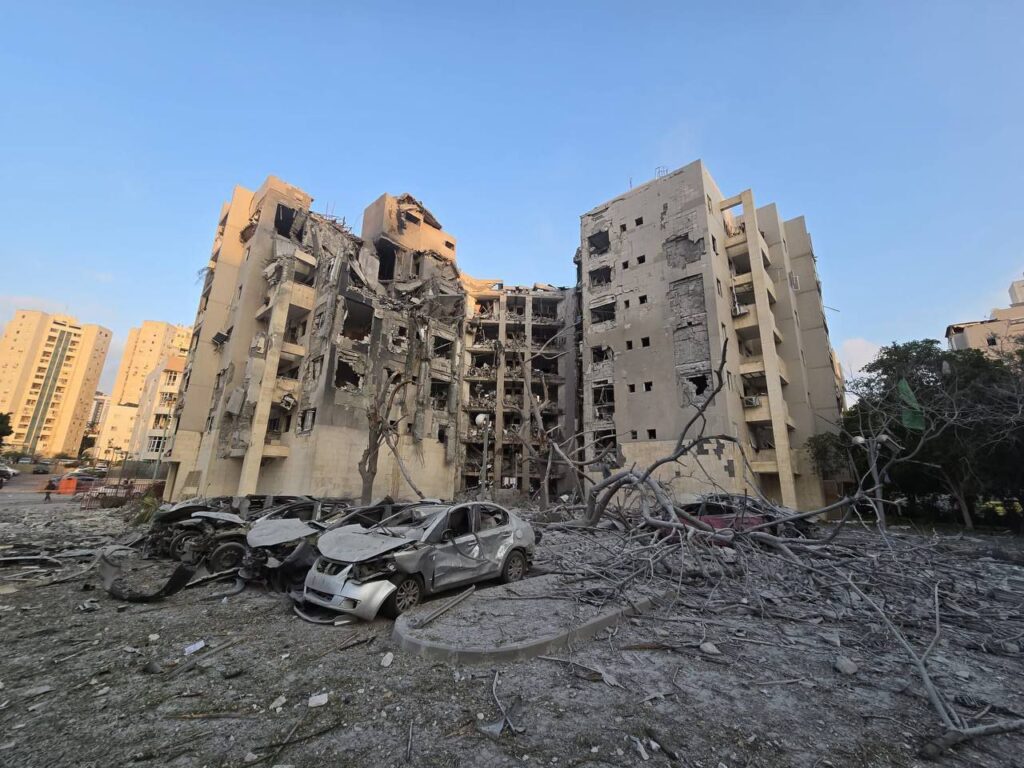
The 12-day conflict and the subsequent ceasefire offer numerous lessons that nations and governments will gradually understand over time.


